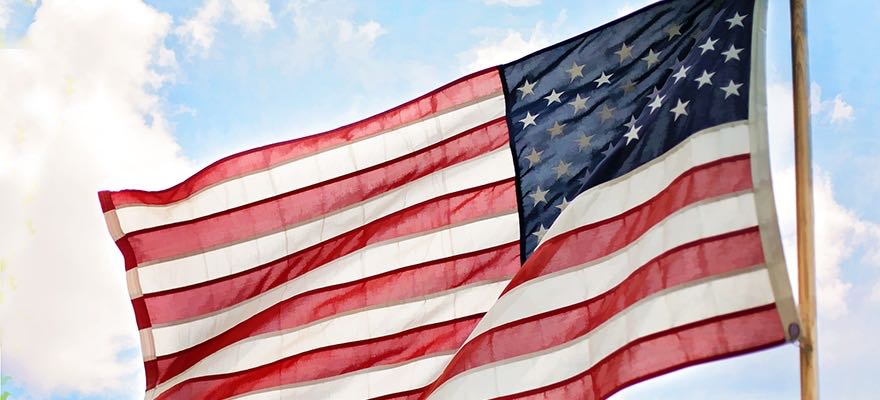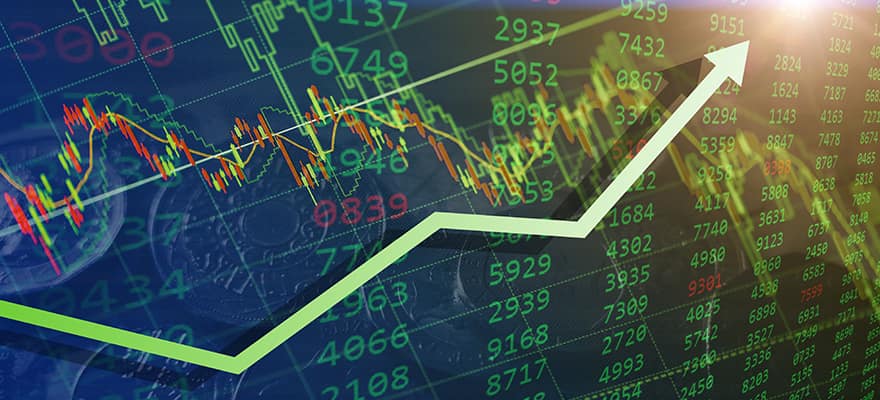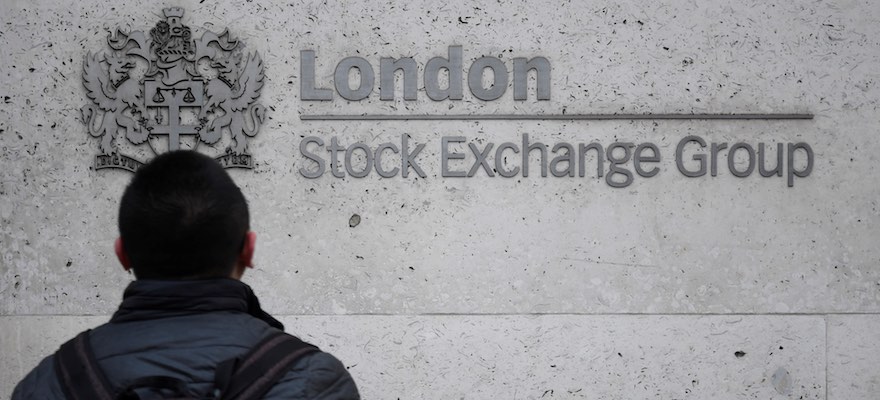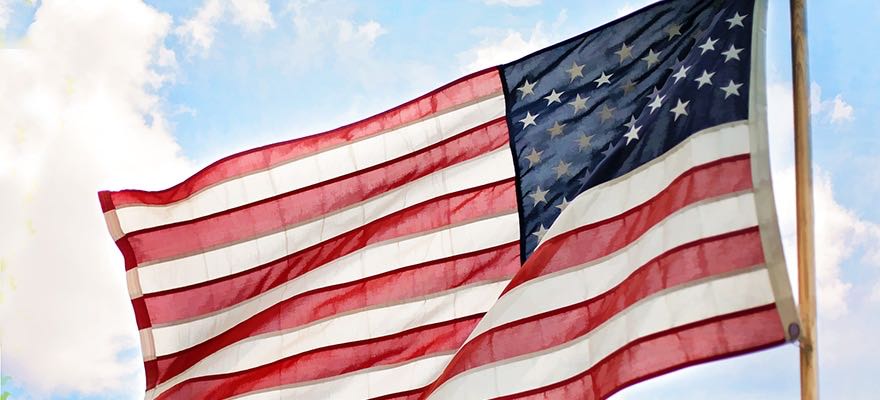Siavash Yafteh, analyst contest
Why DJIA? Between 3 major indexes in USA, DJIA has a strong correlation with Dollar. It has three important characteristics within itself.
1st Companies Income (Forecast and Actual)
2nd Forecast of interest rate
3rd International interest for traders
Before getting to analysis, I think it is important to mention, these past events and psychology of waves before and during the time that they occurred will be our guide to comparison and analysis of current data.
In November 1982 recession ended. Let"s review the important factors and events during the correction.
Unemployment Rate:
In May 1969 Unemployment rate was 3.4 % in the early stages of correction waves. From May 1969 to Dec 1970 it nearly doubled in a recession year. After recession ended, unemployment rate goes down from 6.1% to 4.6% in Oct 1973. People started to believe that now the recession ended market will resume its bullish trend they were optimistic about the market. Another recession began from Oct 1973 until May 1975 which took the unemployment rate to 9%. It took four years to recover from that level to 5.6% in May 1979, but yet another recession was in the way and another one after that which took the unemployment rate to 10.8% in November 1982.
1st Oil shock (1973):
As the US president Richard Nixon appeared before congress and ask for $2.2 Billion aid for protecting Israel, OAPEC proclaimed an oil embargo. The Oil price raised from $3 per barrel to $12.
2nd Oil Shock (1979)
Iran supplied nearly 4% of the international oil market in 1979. By 1979 Iran"s King fled the country and protesters disrupted and blocked the oil production in Iran back then, which followed by Iranian Revolution. Despite the fact that Iran supplied only small portion of the market, but reaction to the news rose the oil price for over a year.
In 1980s Iran and Iraq got into a war which last for 8-years. Iran"s oil production nearly stopped and Iraq cut their oil production by significant amount. These events triggered a recession in the US and other countries as well.
Inflation:
Inflation got to 7.7% during the first oil shock in 1973 and reached 9.1% the highest since 1947. In 1980 inflation got to 13.5%.
Financial Institutions:
The recession hit the financial institutions hard. US government, Congress and FDIC failed to anticipate the huge impact of "those too big to fail" banks and the greed for more money among them. By passing the series of deregulations which caused those institutions to make riskier investments and adventures with people"s money. By the end of 1982 FDIC had to bail $870 million of bad loans in attempt to keep various banks from insolvency. In 1983 another 50 banks failed even after the recession was over. Most of the banks was in the verge of failure. In 1984 CLNB failed. Ultimately Congress decided to give the CLNB $4.5 billion rescue package to prevent them to go into insolvency. That was the time that huge financial institutions found out whatever they want to do they can do it without having fear about the consequences. They have got money and power in Whitehouse to block any attempts to make more Regulation and even deregulate more.
Wave 3: Jul 1982- Dec 1999
Why I counted this wave as wave 3? Well, the answer is that wave 3 has the strongest and rapid move within the sequence. Now we established a sequence of 5 wave pattern and the correction pattern as a guide line to work with, it"s time to take a look at wave 3.
1st Wave i:
Wave one began from Jun 1982 to Aug 1987. As I mentioned in prior part, O point is the point that every financial news and data reflecting pessimism about the market. Now we can look for our first 5 waves to count the first sub wave (wave i) of bigger wave 3. From Nov 1982 to Aug 1987 we have our first rebound from the depression. Unemployment rate goes down from 10.8% to 6% during that time. Inflation rate goes down from 7.1% in Jun 1982 and found its lows at 1.1% in Nov 1986 and backed to 4.3% at the end of the 1st wave in Aug 1987. Note that we are in the strongest move since the beginning of the sequence, therefore financial data is going to be in our favor and corrections would have less power during the wave 3 in this degree. It"s important to mention that wave 3 goes from 1,961 to 16,153 (inflation adjusted) that"s why I consider this wave as the wave 3 in the sequence.
2nd Wave ii:
Wave a
The 2nd wave is a correction wave. A corrective wave can be a sharp move in the opposite direction of the main trend or it could be a long sideways correction or a combination of both. From Jul 1987 first wave of correction wave 2 (wave a) started to form. Wave (a) is a sharp move against the main trend which followed by stock market crash, "Black Monday". Market crash began in Oct 19th, 1987. It started from Hong Kong which eventually came to Europe and US.
Wave b
After sharp move of the first correction wave, it"s time for wave (b) of corrective waves to unfold against the recent trend, in three wave. From Nov 1987 to Aug 1989 wave (b) let the market heal from the shock that wave (a) caused.
Wave c
The last wave of the correction waves began after wave (b) ended in Aug 1989. Wave (c) completed within the brief recession occurred from Jun 1990 to Feb 1991. With completion of last corrective wave, 2nd wave (ii) is done and we are ready for the 3rd wave (iii) within the wave 3 to unfold. This short recession made the base ready for the most powerful wave in the sequence.
End of Part Two

By: ## guest_author















